Bidet enema functions are reshaping at-home bowel care. These seats use a targeted water stream and smart controls to support constipation relief, hemorrhoid comfort, and better hygiene. In this guide, you’ll get a clear, data-backed look at what a bidet enema is, how it works, who benefits, and how to use it safely. We explain medical basics, compare seat features designed for this function, and share what real users report in videos and social threads. You’ll also find step-by-step instructions, maintenance tips, and a simple buying checklist. If you’ve ever wondered “does a bidet help with constipation?” or “is it safe to use a bidet as an enema?”, start here for a practical, medically informed overview of benefits, risks, and the best options in 2025.
What you’ll learn (quick scope)
-
Definitions, safety essentials, step-by-step use
-
Best enema-ready bidet seats and feature comparisons
-
Cost, sustainability, and ROI
Who this guide is for
-
Users seeking constipation relief or gentle bowel cleansing
-
People with hemorrhoids, sensitive skin, or limited mobility
-
Caregivers and shoppers comparing smart toilet features
How we sourced data
-
Cross-checked social/video content (YouTube, Reddit)
-
Recent buyer reviews and brand documentation
-
Medical guidance and peer-reviewed references where available
Bidet enema: quick answer and who it helps
Before diving into the detailed science, here’s a quick explanation of what a bidet enema does and who benefits most from this function.
What it is and how it differs from a standard wash
A bidet enema function is a more focused, slightly stronger water stream that aims at the anus and may enter the lower rectum. The idea is to moisten and gently stimulate the sphincter area to help trigger a bowel movement or soften stool. This is not the same as a medical enema. A medical enema fills part of the colon with fluid. A bidet’s “enema” mode is gentler and uses much less water. Think of it as targeted rinsing and mild stimulation, not full internal cleansing.

Key benefits at a glance
Used correctly, an enema bidet mode can help with:
-
Constipation relief and stool softening through a controlled water stream with adjustable pressure and warm water
-
Better perianal hygiene than wiping alone, which can lower bacteria transfer and may reduce UTI risk when used with proper technique
-
Comfort for hemorrhoids or fissures because warm water is gentler than dry toilet paper, which can irritate skin (NHS, 2022)
In short, the function is meant to be a gentle, occasional tool to help promote a bowel movement and improve comfort.
Who benefits most
Adults with occasional constipation or IBS-C often find the bidet for constipation function helpful, especially when they want to avoid extra laxatives. Postpartum users and people with sensitive skin can also benefit because warm water is less irritating than repeated wiping. Those with limited mobility like the extra independence that a bidet toilet seat can bring. If you have complex health conditions, it’s best to talk with a clinician first.
Medical and safety essentials
Because this function involves direct contact with sensitive areas, understanding the medical background and basic safety measures is essential before use.
Indications vs. contraindications
A bidet enema is generally used for:
-
Occasional constipation
-
Hygiene support
-
Perianal comfort (hemorrhoids, irritation from wiping)
Avoid or consult a healthcare provider if you have:
-
Active rectal bleeding or severe fissures
-
Recent colorectal surgery
-
Inflammatory bowel disease flare (e.g., ulcerative colitis, Crohn’s)
-
Pelvic infections
-
Pregnancy concerns or high-risk pregnancy guidance needs
If you ever notice pain, dizziness, or worsening symptoms, stop and seek care.
Safety rules that matter
Water and pressure are helpful when used with care. The key is to keep settings gentle and short.
-
Start with the lowest water pressure. Warm water (not hot) is best for comfort.
-
Keep sessions short. Many users start with 10–20 seconds and pause. You can repeat once if needed.
-
Aim the spray at the anus, not at the urethra. For people with vulvas, a front-to-back spray path helps reduce bacterial contamination and lower UTI risk.
-
Keep things clean: sanitize nozzles, wash hands, and pat dry. A soft towel or a low-heat air dryer helps prevent irritation.
-
If you have a known condition, ask your clinician how often you should use the enema mode.

Bidet enema vs medical enema
A medical enema uses a larger amount of fluid to cleanse the lower colon and often includes a solution (like saline or medicated liquid). A bidet enema function uses a small, targeted stream at the rectum for local stimulation and softening. If you have severe constipation, ongoing pain, or need frequent enemas, you may need proper medical evaluation. A bidet is a helpful tool, but it is not a replacement for medical care when red flags are present.
Evidence snapshot and expert notes
Hygiene studies suggest water washing can remove more residue than dry wiping, and when people use a front-to-back spray path and keep nozzles clean, the risk of infection can be lower than with poor wiping habits. Clinicians often view using bidet as enema a safe adjunct when used gently, but not a cure-all. The best routine is individualized: match frequency and settings to your symptoms, and keep an eye on any irritation.
How to use an enema function (step-by-step)
Once you’re familiar with the precautions, you can safely move on to the practical part—how to use the enema function correctly and comfortably.
Before you begin: prep and positioning
Comfort starts before you press the button. Hydrate, give yourself unhurried time, and take a relaxed seat on the toilet. Sit upright with feet flat; some users prefer a small footstool to support a slight forward lean. Take a few deep breaths to relax the pelvic floor. Choose warm water at the lowest pressure. If your seat allows, adjust the nozzle position so the spray meets the anus at a slight upward angle without hitting the urethra.
The first session: gentle approach
-
Start the enema function for 10–20 seconds on the lowest setting.
-
Pause and assess. Do you feel pressure, warmth, or a mild urge to go? Good. Sharp pain or burning? Stop.
-
If comfortable, repeat once and gently increase pressure one level if needed.
-
If you feel a bowel movement coming, sit and allow your body to respond. Do not force.
-
Stop immediately if you notice pain, bleeding, or dizziness. If symptoms persist, consult a healthcare provider.
This slow, mindful approach helps you learn your body’s response without pushing into bidet enema danger territory.
Aftercare and hygiene
Pat dry with a soft cloth or use the air dryer on low heat. If your skin feels tender, a thin barrier ointment can help. Use your seat’s self-cleaning feature or run a quick nozzle rinse. Add regular cleaning to your weekly routine to keep the system sanitary and reduce bacterial contamination.

Best bidet seats with enema functions (2025)
Knowing how to use the function is only part of the story. The next step is choosing the right bidet seat model that offers safe, efficient, and well-designed enema features
What to look for (feature checklist)
You don’t need every feature, but a few make a real difference for comfort and safety.
-
Core controls: adjustable water pressure and temperature, nozzle positioning, and a reliable “stop” button
-
Safety: temperature caps, pressure limiters, auto-stop timer, and child lock
-
Comfort: warm seat, oscillation or pulsation modes, gentle air dryer, charcoal or catalytic deodorizer
-
Hygiene: stainless or antimicrobial nozzles, self-cleaning cycles, and an optional water filter in hard-water areas
-
Access: large, high-contrast buttons or simple remote; memory presets for different users
-
Practical fit: compatible with your bowl shape, stable mounting hardware, and a GFCI outlet nearby
Top models frequently recommended
Many high-end seats now include a dedicated enema function sprays mode. While names vary, you’ll see labels like “turbo,” “vortex,” or “enema wash.” Premium models tend to offer finer pressure control, better nozzle positioning, and faster stable warm water. Midrange seats often keep the key features while trimming extras like app control. Budget models may have a simpler “strong wash” that can be used as a gentler enema assist if set to low pressure and short bursts.
Because this guide is brand-neutral, use the comparison table below as a template when reading product pages or reviews.
Visual: side-by-side comparison table
| Seat Type (example) | Pressure Levels | Nozzle Material/Type | Enema Mode Details | Safety Features | Typical Price (USD) |
|---|---|---|---|---|---|
| Premium Seat A | 10 | Stainless, dual nozzle | Focused, narrow stream with oscillation; adjustable angle | Temp cap, pressure governor, auto-stop | 600–800 |
| Premium Seat B | 7 | Stainless, single nozzle with multi-ports | “Vortex” narrow stream; user presets | Thermal fuse, child lock, leak sensor | 500–700 |
| Mid Seat C | 5 | Antimicrobial coated plastic | Strong posterior wash usable as gentle enema on low | Auto-stop, temp cap | 300–450 |
| Mid Seat D | 6 | Stainless | Pulsation/oscillation; decent angle control | Overheat protection, backflow preventer | 350–500 |
| Budget Seat E | 3 | Plastic | Strong wash only; short bursts advised | Manual temp control, basic stop | 200–300 |
Use this layout to compare exact specs from product pages and reviews before you buy.
Trends and innovations
The newest seats add app control, Wi‑Fi, personalized presets, and cleaning reminders. You may see better self-cleaning cycles, replaceable water filters, and smart diagnostics that alert you to scale buildup or a failing pump. These extras don’t replace safety basics, but they can make usage more consistent and maintenance easier.

Real-world results: case studies and social proof
Beyond specs and functions, real-world experiences offer the best insight into how bidet enema use improves comfort, hygiene, and health outcomes.
Video reviews highlights
Recent video reviewers often report a short learning curve and quick comfort gains. Many say they use less toilet paper (some by a lot) and feel cleaner. People with hemorrhoids often mention warm water as a relief during flares, while a few with chronic constipation describe fewer laxatives after adding a gentle enema mode a few times per week. Viewers also value clear, simple remotes and presets that remember preferred pressure and temperature.
Reddit threads (r/Constipation, r/IBS, r/HomeImprovement)
Common themes include how to find the right starting water pressure, how to angle the nozzle, and which installation setups leak less. Users often point out that a model upgrade solved weak water flow or unstable temperature. Some note that very cold water or very high pressure can feel harsh and may worsen irritation—another reminder to start low/slow.
Seniors and mobility-limited users
Users with limited mobility often say an enema-ready seat gives more privacy and less dependence on caregivers. Large buttons, readable labels, and one-touch presets matter a lot. Caregivers mention that self-cleaning nozzles and easy-to-wipe panels save time and improve hygiene.
Costs, sustainability, and ROI
Let’s turn from personal results to practical considerations—understanding the long-term costs, sustainability, and return on investment of a bidet toilet seat with an enema function.
Upfront vs long-term
Entry-level enema-capable seats tend to start around $200, while premium seats with more safety and comfort features reach $600 or more. Many households save on toilet paper and wipes, which also cuts irritation. Some users report fewer over-the-counter laxatives after adopting the enema feature, but that varies by person and severity of constipation.
Environmental impact
A bidet can cut toilet paper use by up to 75%. Each session uses a small amount of water (often around 1/8 gallon), while one roll of toilet paper can take up to about 37 gallons of water to produce. Less paper also means less plastic packaging and less solid waste.

Visual/interactive: savings calculator
Set up a simple calculator with:
-
Inputs: household size, current TP use per week, cost per roll, water/electricity rates, seat price
-
Outputs: monthly savings, net cost after one year, break-even month
Many families see payback in 12–24 months, depending on paper habits and local utility rates.
Ownership tips to maximize value
Turn on eco modes to lower idle power. Clean nozzles weekly and descale based on your water hardness. A small inline water filter can protect internal valves and keep spray performance steady over time.
Troubleshooting, maintenance, and hygiene
Even the best devices need care. Here’s how to keep your bidet enema seat working smoothly, hygienically, and safely for years
Common issues and quick fixes
If the water is too cold or too hot, check temperature caps and let the heater pre-warm for a minute. If the spray misses the target, adjust the nozzle position and seat on the bowl. If pressure feels weak, inspect the T‑valve, hoses, and any clogged screens. For app-controlled units, a quick firmware or remote reset can solve pairing issues.
Cleaning schedule and best practices
Aim for a weekly nozzle clean with the built-in rinse plus a gentle wipe-down of the wand and seat surfaces. Do a monthly deep clean around the hinges and gasket area. Descale every 3–6 months in hard-water areas. Replace filters on the maker’s schedule, and check seals and gaskets yearly.
Comfort optimization
Use personal presets. Many people like a short warm-up spray, then a brief enema burst on low, then a gentle oscillation rinse. If your skin gets dry, try a lower air-dryer temperature or pat dry with a soft towel. If hemorrhoids are tender, keep pressure low and sessions short.
Visual: maintenance checklist
-
Weekly: nozzle rinse + surface wipe
-
Monthly: deep clean + check alignment
-
3–6 months: descale per water hardness
-
Yearly: replace filters, inspect seals, test auto-stop

Market outlook and buying checklist (2025)
Finally, let’s look ahead at the 2025 bidet toilet market—emerging trends, new technologies, and what to check before making a purchase.
Growth insights at a glance
The bidet market is expected to reach about $30.56B in 2025, at ~6.8% CAGR. Enema-based devices are estimated near $500M in 2025, with ~5% annual growth to 2033. Aging populations, more chronic constipation, and demand for smart hygiene support this trend.
How to choose in minutes (checklist)
-
Health goals: constipation relief, hemorrhoid comfort, hygiene help
-
Pressure range: at least 5 levels and a gentle low setting
-
Safety: temp caps, pressure limiters, auto-stop
-
Comfort: warm water on demand, oscillation/pulsation, quiet dryer
-
Hygiene: self-cleaning nozzle, stainless wand, optional filter
-
Install: bowl shape fit, sturdy mount, GFCI outlet access
-
Budget and support: clear warranty, reachable support, spare parts
Installation and compatibility
Most seats install with a T‑valve and hose at the toilet’s water line. Check elongated vs round bowl shape and confirm the power outlet is GFCI-protected and within cord reach. If you rent, ask about simple, non-invasive install options and how to return the bathroom to original condition later.

FAQs
1. Which bidets have enema function?
Modern bidets with enema functions are often found in premium bidet seats. The function of a bidet in this mode is to deliver a gentle, focused stream of water into the anal area to help alleviate constipation or prepare for cleansing. Unlike traditional enemas or enema kits, these systems use less water and no enema solutions or medication, making them generally safe for daily treatment or relief when using the bidet properly.
2. Can you do an enema with a bidet?
Yes, you can perform a mild enema using the bidet if it’s designed as a bidet with enema function. This feature delivers a slightly stronger stream of water toward the anal opening to alleviate constipation by stimulating natural bowel movement. It’s gentler than traditional enemas or enema kits, using only clean water instead of enema solutions or medication. While generally safe, avoid excessive use, as overuse can irritate tissues or cause dependency. Used moderately, it’s a convenient home treatment to relieve constipation safely.
3. Is a bidet good for your colon?
Using the bidet correctly can indirectly support colon comfort by promoting better anal hygiene and easing mild constipation. The function of a bidet with enema mode delivers a focused stream of water that helps alleviate constipation and reduces the need for harsh wiping. While it doesn’t replace medical treatment or reach as deep as traditional enemas, it offers a gentler, generally safe way to alleviate discomfort caused by sluggish bowel movements. For chronic issues, consult a doctor before frequent use.
4. Can a bidet make hemorrhoids worse after?
A bidet with enema feature is generally safe and can even help alleviate symptoms of hemorrhoids by using a soothing stream of water instead of rough toilet paper. However, excessive pressure or prolonged usage can irritate sensitive anal tissue and delay treatment recovery. When using the bidet, select the softest setting and avoid high temperatures. This gentle cleansing can relieve constipation, reduce strain, and lower inflammation risk—providing an advantage over traditional enemas that may cause irritation.
5. What is the point of a bidet?
The function of a bidet is to provide a sanitary and comfortable anal and genital cleanse using a soft stream of water after toileting. Many advanced models, including bidets with enema features, go beyond basic cleaning to alleviate constipation and improve overall hygiene. Compared to traditional enemas, using the bidet offers convenience, water efficiency, and daily comfort. It’s a generally safe way to support bowel health, reduce irritation, and promote gentle treatment without enema solutions or risk of transmission from shared tools.
6. Can a bidet stimulate bowel movement?
Yes. A bidet with enema function can deliver a mild stream of water toward the anal opening to gently stimulate bowel movement and alleviate constipation. This feature works like a mini version of traditional enemas but uses water only—no enema kits, solutions, or medication—making it generally safe when used moderately. For people who struggle with sluggish digestion or hard stool, using the bidet can be a non-invasive treatment that helps alleviate discomfort without excessive intervention.
7. Is a bidet enema safe for hemorrhoids or fissures?
A bidet with enema feature is generally safe for mild hemorrhoids or fissures if the stream of water is gentle and temperature is moderate. It can alleviate constipation, which often worsens these conditions, and offers soothing treatment by reducing friction during cleansing. However, avoid excessive pressure or prolonged usage, as that may hinder healing. Compared with traditional enemas or enema kits, using the bidet poses less risk of irritation or transmission, providing a comfortable, sanitary way to relieve constipation and maintain anal hygiene.

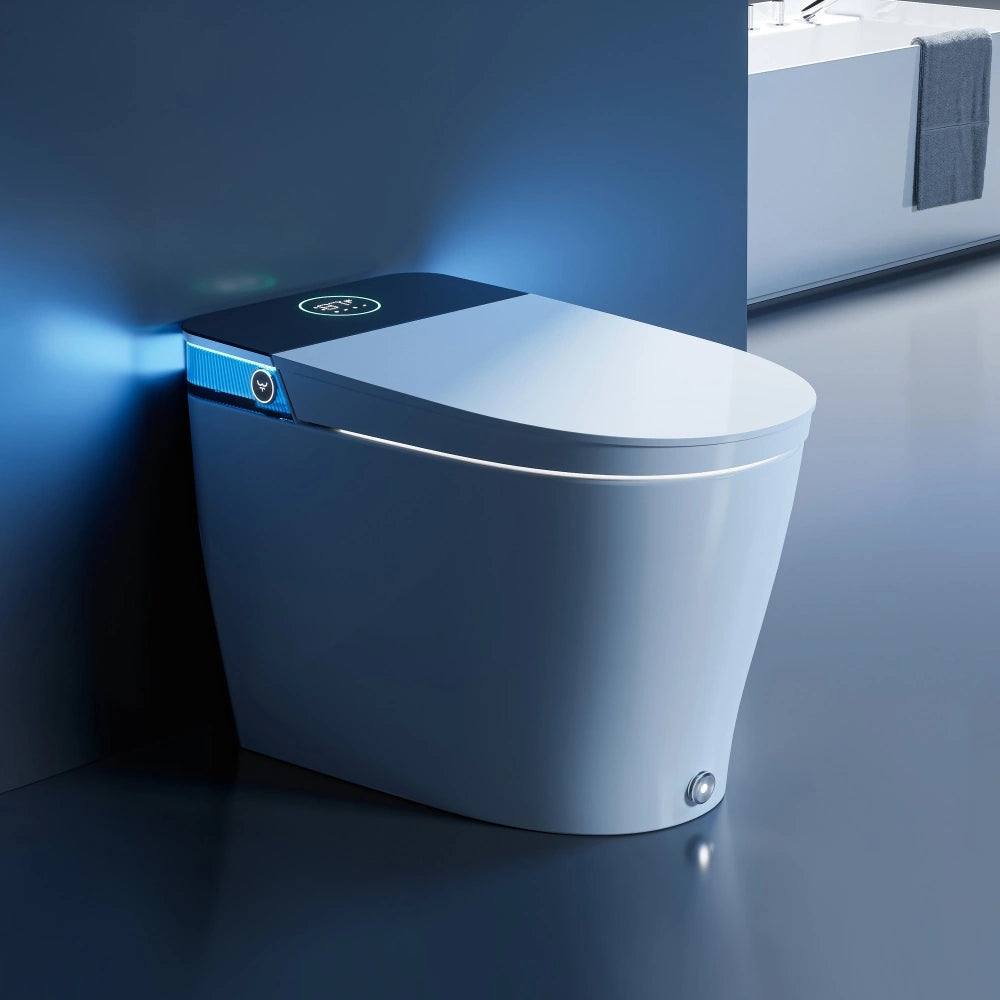
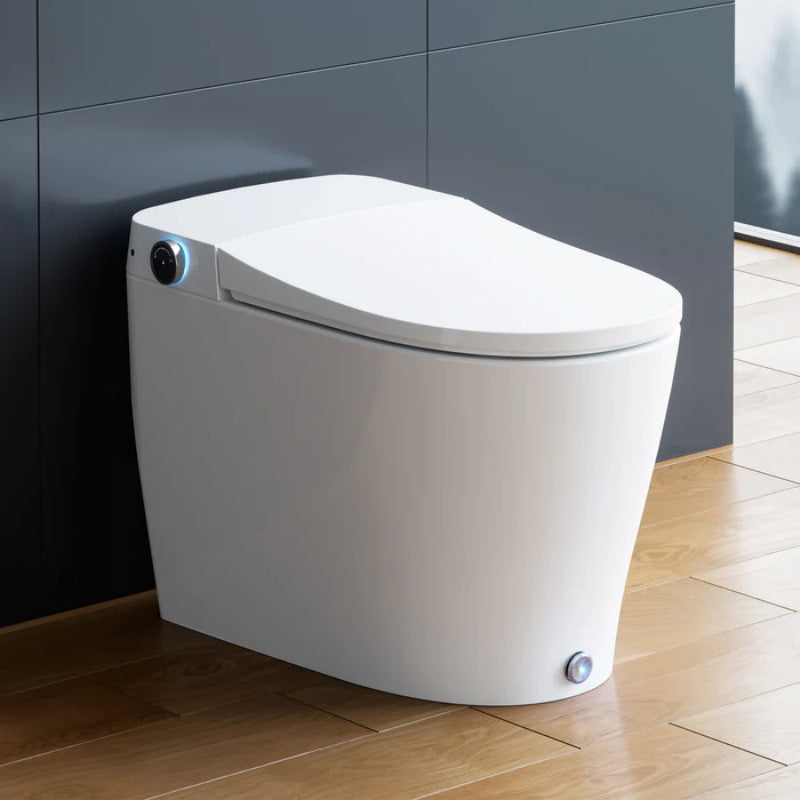
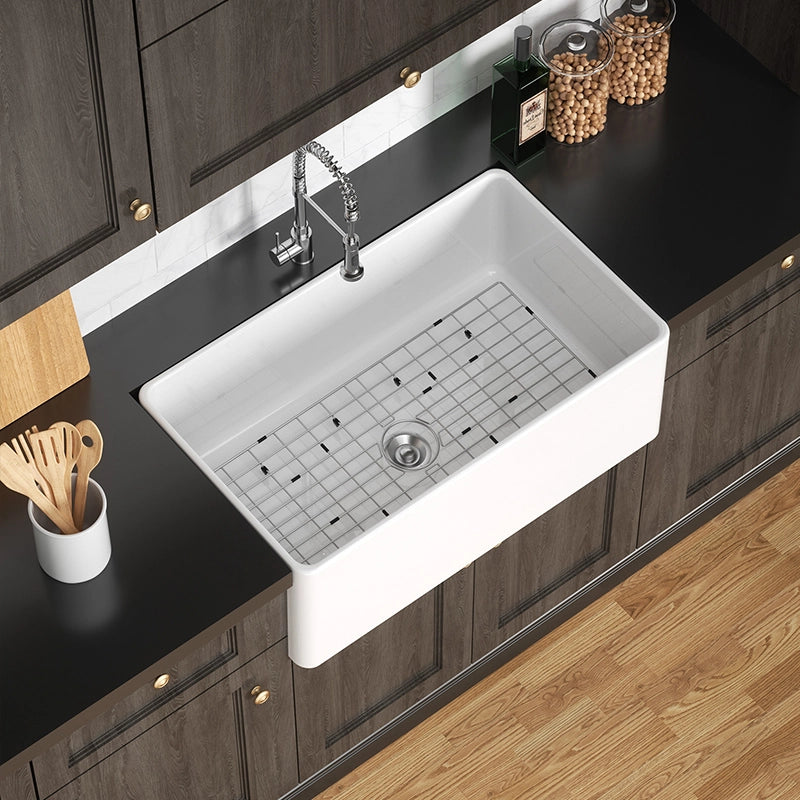

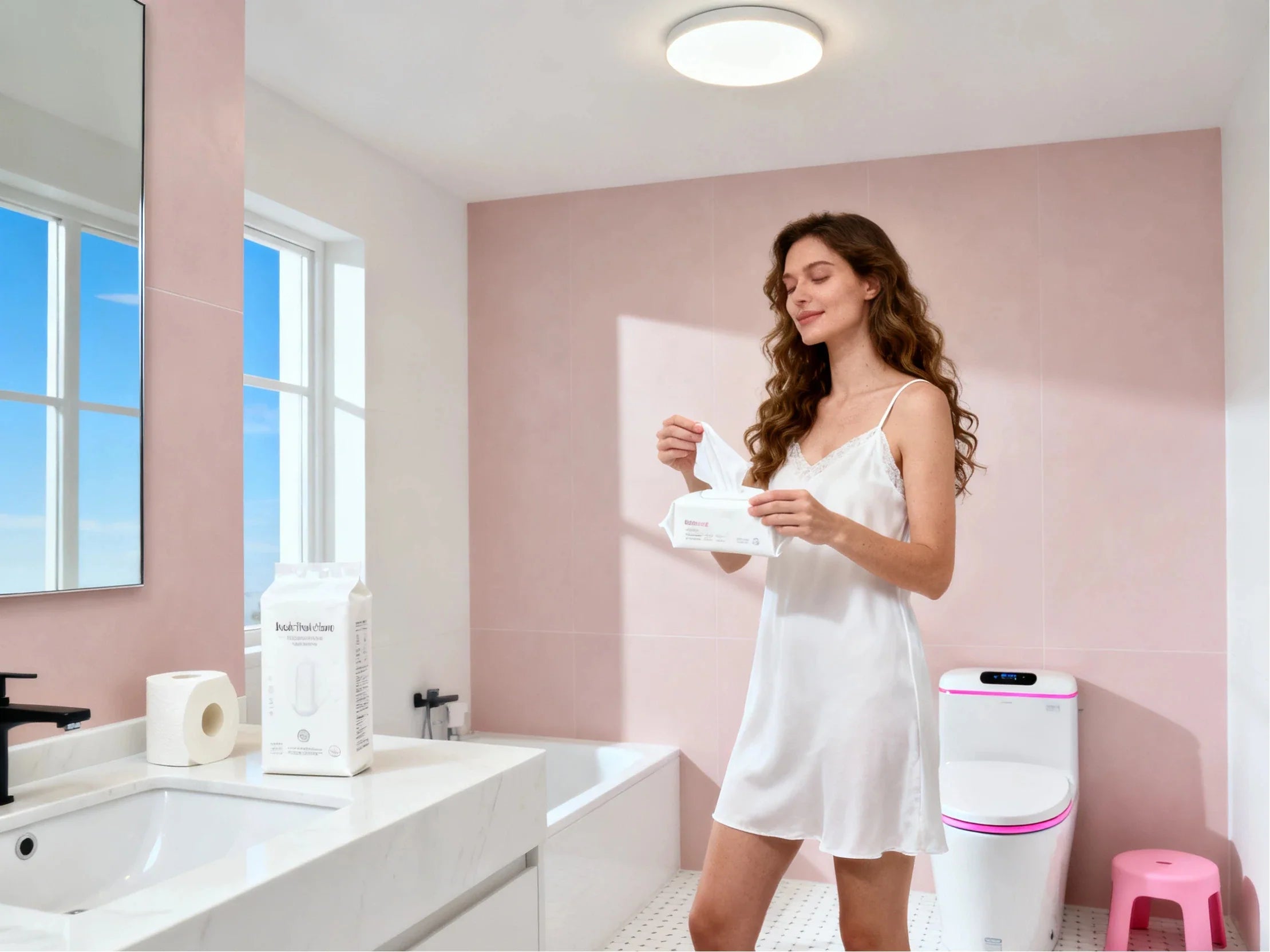
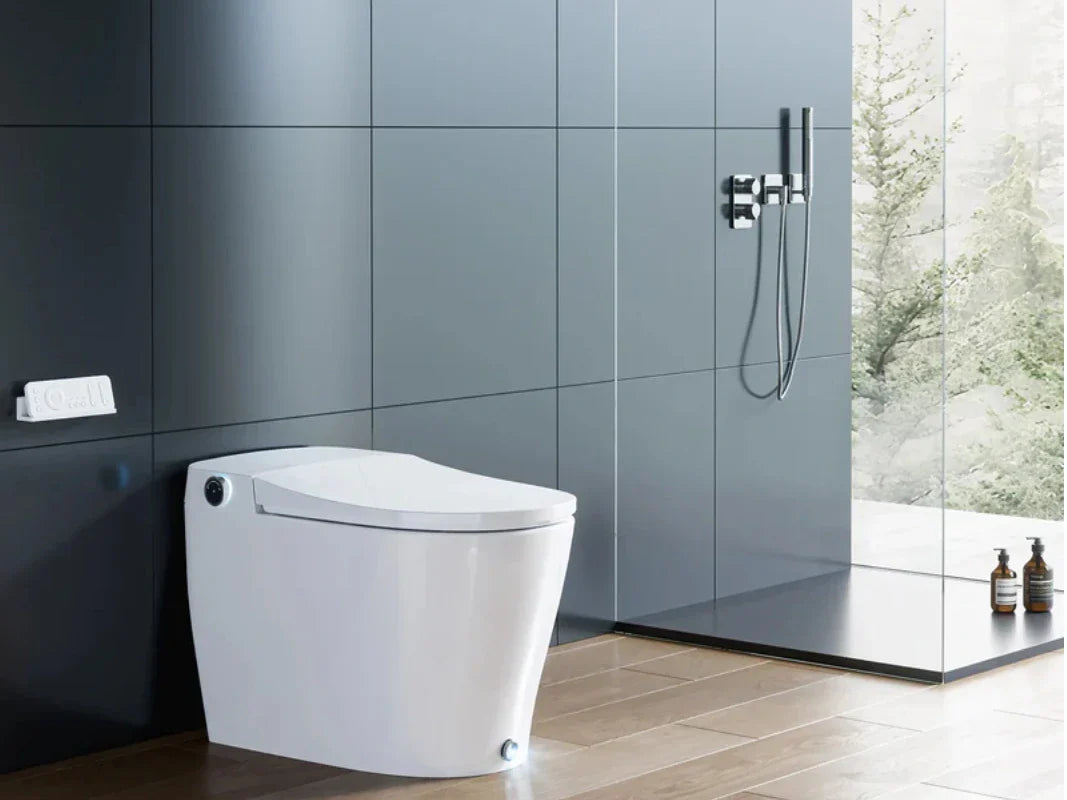

Leave a comment
This site is protected by hCaptcha and the hCaptcha Privacy Policy and Terms of Service apply.